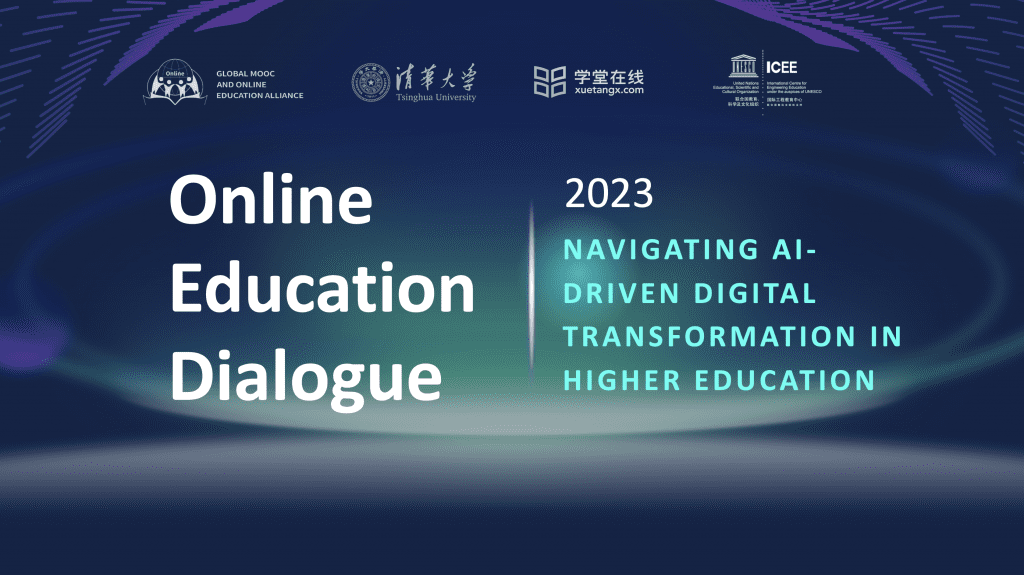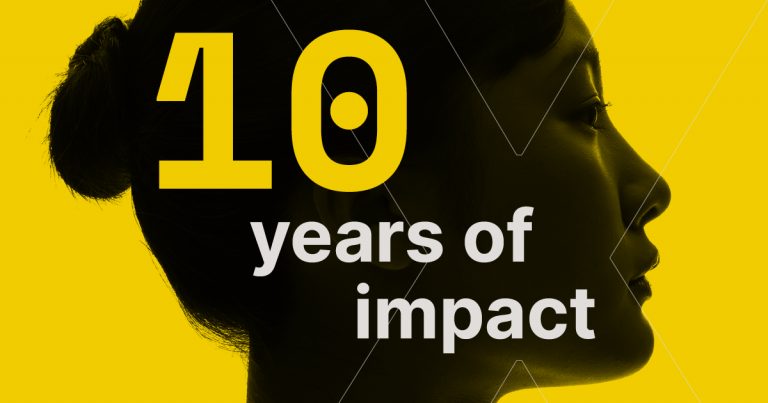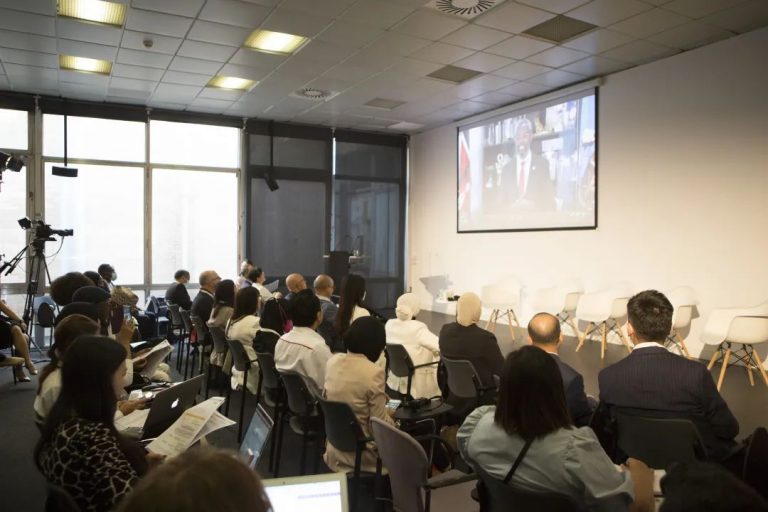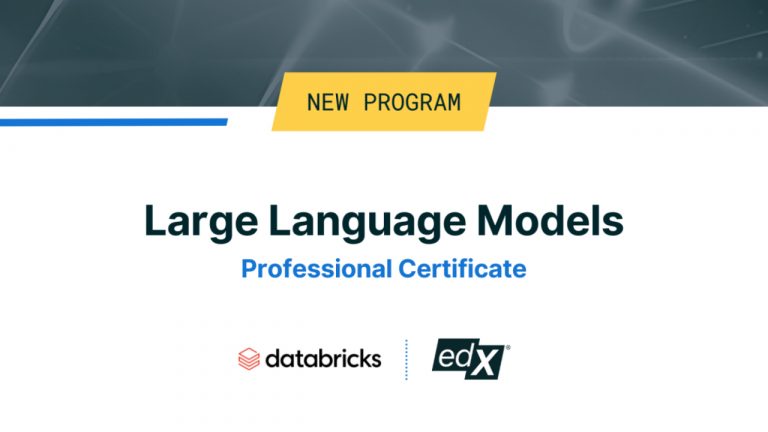I am excited to explore a thought-provoking article by Mary Jo Madda on EdSurge called “What Higher Ed Gets Wrong About AI Chatbots — From the Student Perspective” (https://www.edsurge.com/news/2023-05-15-what-higher-ed-gets-wrong-about-ai-chatbots-from-the-student-perspective). As a Senior Program Manager on the Education for Social Impact team at Google and a doctoral student at the UCLA School of Education and Information Studies, Madda offers a distinctive viewpoint on the use of AI chatbots in higher education.
AI Chatbots as On-Campus Tutors

Madda’s article begins with her reaction to a recent directive from her university warning students against using AI chatbots like ChatGPT, Bard, or Bing. The university equates the use of these tools to receiving assistance from another person. Madda, who is in the process of writing her dissertation while working a full-time job at Google, finds this approach “short-sighted”. She argues that AI chatbots can play a crucial role in higher education, serving as tutors, editors, or critics when human assistance is unavailable.
This perspective brings to light the potential of AI chatbots in higher education. As on-campus tutors, AI chatbots can break down complex concepts into understandable parts, providing on-demand, approachable, and free tutoring. This is particularly beneficial for students grappling with challenging concepts, as AI chatbots can explain these concepts at a level that makes sense to the learner.
AI Chatbots as On-Demand Editors and Critics

In addition to serving as tutors, AI chatbots can also act as on-demand editors, offering a free alternative to existing edtech tools like Grammarly. Many universities host writing centers where students can get editing help on their written assignments. However, these centers often have limited hours and resources. AI chatbots can fill this gap by providing instant editing assistance, thereby enhancing the quality of students’ written work.
AI chatbots can also serve as a “naysayer” or “critic”, providing instant feedback and counterpoints to help students strengthen their arguments. This is particularly useful when students are crafting arguments for essays or presentations, as understanding counterpoints is a fundamental part of making a strong argument.
The Need for Co-Developed AI Policies
While highlighting the potential of AI chatbots, Madda also emphasizes the need for universities to incorporate the student perspective when developing AI policies. She cites the example of an adjunct professor at Villanova University who involved his students in discussing the best use cases and an acceptable use policy for AI chatbots in his class. This collaborative approach resulted in a policy that allows for the responsible use of AI chatbots while maintaining academic integrity. This example underscores the importance of engaging students in the policy-making process. As the primary users of AI chatbots, students’ insights and experiences can provide valuable input in developing effective and fair policies. It also highlights the need for clear policies that define acceptable use of AI chatbots and emphasize the importance of academic integrity.
As we continue to explore the impact of AI on higher education and the role of students in shaping the future of education, it’s worth noting that these are some of the topics being discussed at the ongoing Online Education Dialogue 2023: “Navigating AI-Driven Digital Transformation in Higher Education” — especially under subtheme 3: “AI + Learning in Higher Education” as we invite guest speakers to explore various use cases and applications of chatbots and conversational AI such as ChatGPT and other AIGC tools. OED aims to provide a platform for educators, policymakers, and students to discuss the challenges and opportunities presented by AI in higher education.
Conclusion
In essence, AI chatbots hold significant potential to enhance the learning experience in higher education by providing on-demand assistance to students. However, their use should be guided by clear and fair policies that incorporate the student perspective. As we navigate the AI-driven digital transformation in higher education, it’s crucial to strike a balance between leveraging the potential of AI and maintaining academic integrity.







